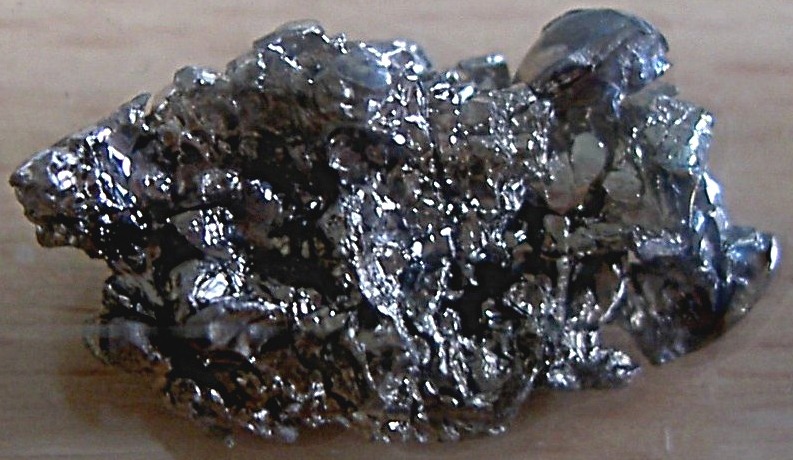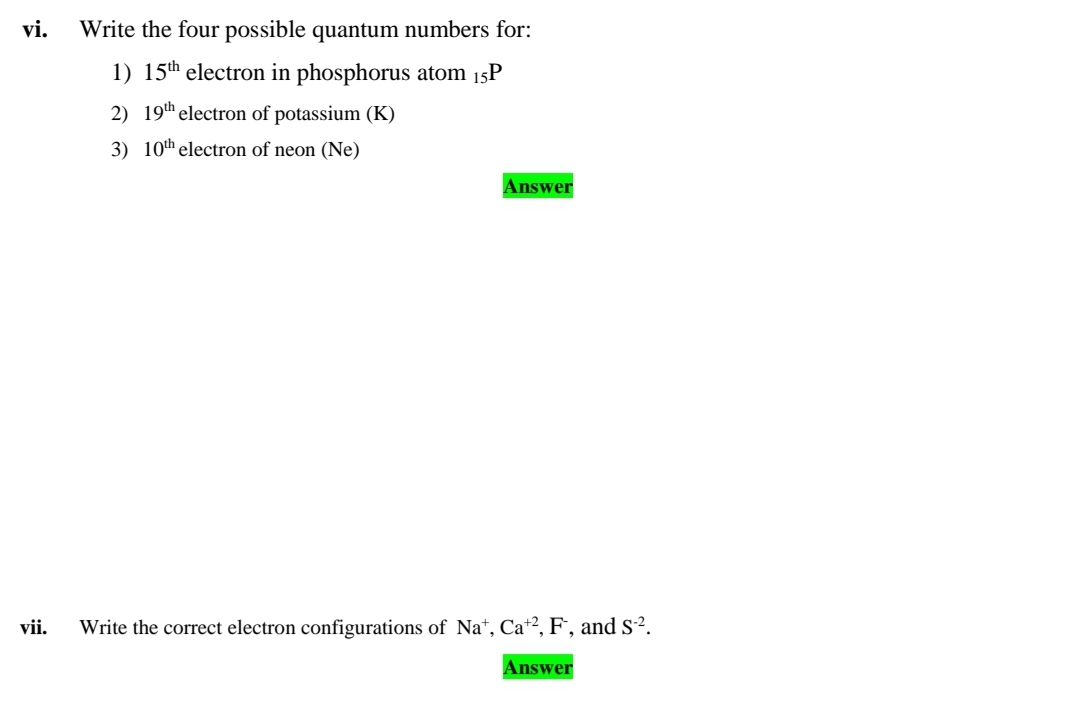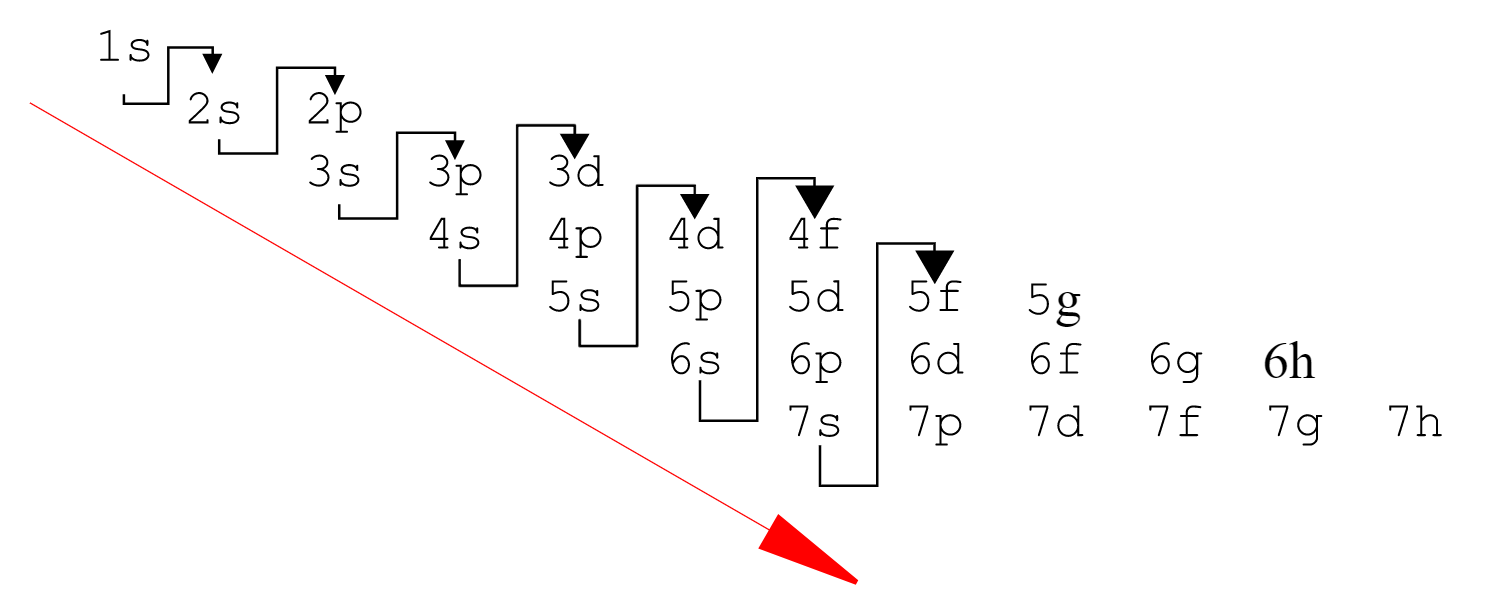- Phosphorus Electrons Outer Shell
- Phosphorus Electrons And Protons
- Phosphorus Electrons And Neutrons
- Phosphorus Electrons Number
Atomic Number of Phosphorus Phosphorus is a chemical element with atomic number 15 which means there are 15 protons and 15 electrons in the atomic structure. The chemical symbol for Phosphorus is P. The atom consist of a small but massive nucleus surrounded by a cloud of rapidly moving electrons.
Electrons and Sublevels Electron Configurations and the Periodic TableWriting Electron ConfigurationsBox and Arrow Configurations using Pauli Exclusion Principle and Hund's RuleQuantum Numbers back to Atomic Structure Links
Principal energy levels are broken down into sublevels. Theoretically there are an infinite number principal energy levels and sublevels. If you are just starting to study chemistry, you should only be concerned with the first 4 sublevels. Each sublevel is assigned a letter. The four you need to know are s (sharp), p (principle), d (diffuse), and f (fine or fundamental). So, s,p,d & f. The Principal Energy Level (the #) only holds that # of sublevels.
Yes, the 5th energy level holds 5 sublevels and that last one would be 5g. The number of electrons in each sublevel
Electrons fill in energy order (Aufbau Principle) not energy level order. NOTE-Some Principal Energy Levels start to fill before previous ones finish. ex 4s fills before 3d, because 4s has less energy than 3d. It must fill first. Electrons fill the sublevels in energy order 1s 2s 2p 3s 3p 4s 3d 4p 5s 4d 5p 6s 4f 5d 6p 7s 5f 6d 7p If we add the number of electrons that each sublevel holds it looks like this: 1s2 2s2 2p6 3s2 3p6 4s2 3d10 4p6 5s2 4d10 5p6 6s2 4f14 5d10 6p6 7s2 5f14 6d10 7p6 The diagram below really shows the overlap of the Principal Energy Levels on to Sublevels and the Periodic Table Electrons and Sublevels Electron Configurations and the Periodic TableWriting Electron ConfigurationsBox and Arrow Configurations using Pauli Exclusion Principle and Hund's RuleQuantum Numbers back to Atomic Structure Links Chemical Demonstration Videos |

Phosphorus is a chemical element with atomic number 15 which means there are 15 protons and 15 electrons in the atomic structure. The atomic number of phosphorus is 15. That means the electronic configuration is 2:8:5. That means this element needs to gain 3 electrons to become a anion(negitive ion). Phosphorus, however, has empty 3d atomic orbitals that can be used to expand the valence shell to hold 10 or more electrons. Thus, phosphorus can react with fluorine to form both PF 3 and PF 5. Phosphorus can even form the PF 6 - ion, in which there are 12 valence electrons on the central atom, as shown in the figure below. For the element of PHOSPHORUS, you already know that the atomic number tells you the number of electrons. That means there are 15 electrons in a Phosphorus atom. Looking at the picture, you can see there are two electrons in shell one, eight in shell two, and five in shell three. ► More about the history and places to find phosphorus.
Phosphorus Electrons Outer Shell

Our editors will review what you’ve submitted and determine whether to revise the article.
Join Britannica's Publishing Partner Program and our community of experts to gain a global audience for your work!Phosphorus (P), nonmetallic chemical element of the nitrogen family (Group 15 [Va] of the periodic table) that at room temperature is a colourless, semitransparent, soft, waxy solid that glows in the dark.
| atomic number | 15 |
|---|---|
| atomic weight | 30.9738 |
| melting point (white) | 44.1 °C (111.4 °F) |
| boiling point (white) | 280 °C (536 °F) |
| density (white) | 1.82 gram/cm3 at 20 °C (68 °F) |
| oxidation states | −3, +3, +5 |
| electron configuration | 1s22s22p63s23p3 |
History
Arabian alchemists of the 12th century may have isolated elemental phosphorus by accident, but the records are unclear. Phosphorus appears to have been discovered in 1669 by Hennig Brand, a German merchant whose hobby was alchemy. Brand allowed 50 buckets of urine to stand until they putrified and “bred worms.” He then boiled the urine down to a paste and heated it with sand, thereby distilling elemental phosphorus from the mixture. Brand reported his discovery in a letter to Gottfried Wilhelm Leibniz, and, thereafter, demonstrations of this element and its ability to glow in the dark, or “phosphoresce,” excited public interest. Phosphorus, however, remained a chemical curiosity until about a century later when it proved to be a component of bones. Digestion of bones with nitric or sulfuric acid formed phosphoric acid, from which phosphorus could be distilled by heating with charcoal. In the late 1800s James Burgess Readman of Edinburgh developed an electric furnace method for producing the element from phosphate rock, which is essentially the method employed today.
Occurrence and distribution
Phosphorus is a very widely distributed element—12th most abundant in crustEarth’s , to which it contributes about 0.10 weight percent. Its cosmic abundance is about one atom per 100 atoms of silicon, the standard. Its high chemical reactivity assures that it does not occur in the free state (except in a few meteorites). Phosphorus always occurs as the phosphateion. The principal combined forms in nature are the phosphate salts. About 550 different minerals have been found to contain phosphorus, but, of these, the principal source of phosphorus is the apatite series in which calcium ions exist along with phosphate ions and variable amounts of fluoride, chloride, or hydroxide ions, according to the formula [Ca10(PO4)6(F, Cl, or OH)2]. Other important phosphorus-bearing minerals are wavellite and vivianite. Commonly, such metal atoms as magnesium, manganese, strontium, and lead substitute for calcium in the mineral, and silicate, sulfate, vanadate, and similar anions substitute for phosphate ions. Very large sedimentary deposits of fluoroapatite are found in many parts of Earth. The phosphate of bone and tooth enamel is hydroxyapatite. (The principle of lessening tooth decay by fluoridation depends upon the conversion of hydroxyapatite to the harder, more decay-resistant, fluoroapatite.)
The chief commercial source is phosphorite, or phosphate rock, an impure massive form of carbonate-bearing apatite. Estimates of the total phosphate rock in Earth’s crust average about 65,000,000,000 tons, of which Morocco and Western Sahara contain about 80 percent. This estimate includes only ore that is sufficiently rich in phosphate for conversion to useful products by present methods. Vast quantities of material lower in phosphorus content also exist.

Phosphorus Electrons And Protons
The only naturally occurring isotope of phosphorus is that of mass 31. The other isotopes from mass 24 to mass 46 have been synthesized by appropriate nuclear reactions. All of these are radioactive with relatively short half-lives. The isotope of mass 32 has a half-life of 14.268 days and has proven extremely useful in tracer studies involving the absorption and movement of phosphorus in living organisms.
Phosphorus Electrons And Neutrons
Commercial production and uses
The principal technique for converting phosphate rock to usable materials involves acidulation of the crushed rock—with either sulfuric or phosphoric acids—to form crude calciumhydrogen phosphates that, being water-soluble, are valuable additions to fertilizer. Most of the output is burned to phosphoric anhydride and subsequently treated with water to form phosphoric acid, H3PO4. About 95 percent of the phosphate rock mined in the United States is used to make fertilizer or food supplements for animals. Concerns have arisen about phosphorus use, however. Most of the phosphorus is wasted on its journey from mining to being eaten by humans, and the wasted phosphorus ends up in waterways where it can cause algal blooms. Another concern is that increased phosphorus usage will deplete the nonrenewable supply of phosphate rock.
Only about 5 percent of the phosphorus consumed per year in the United States is used in the elemental form. Pyrotechnic applications of the element include tracers, incendiaries, fireworks, and matches. Some is used as an alloying agent, some is used to kill rodents, and the rest is employed in chemical synthesis. A large amount is converted to sulfides used in matches and in the manufacture of insecticides and oil additives. Most of the remainder is converted to halides or oxides for subsequent use in synthesizing organic phosphorus compounds.
Phosphorus Electrons Number
- key people
- related topics
